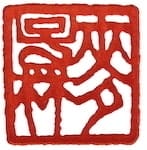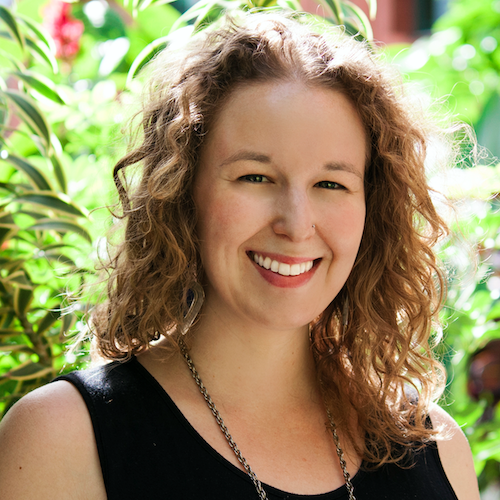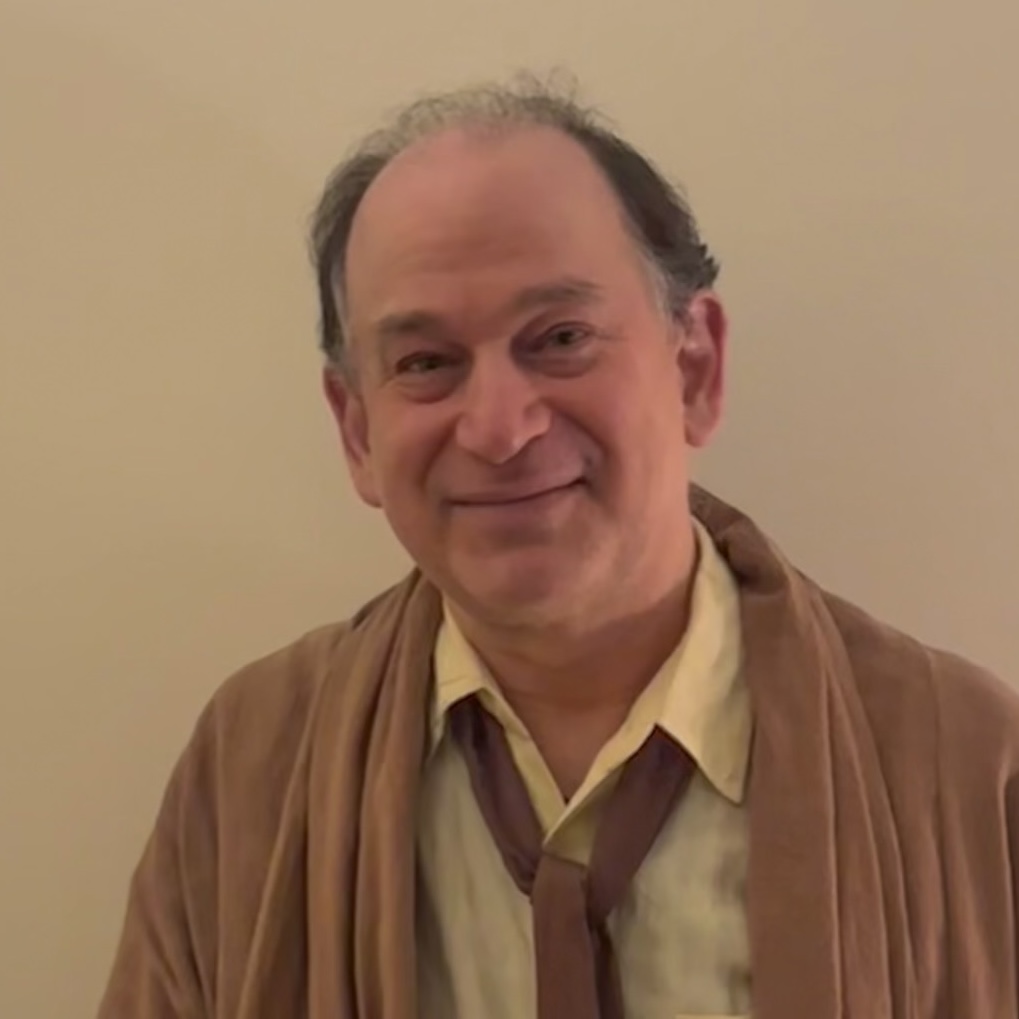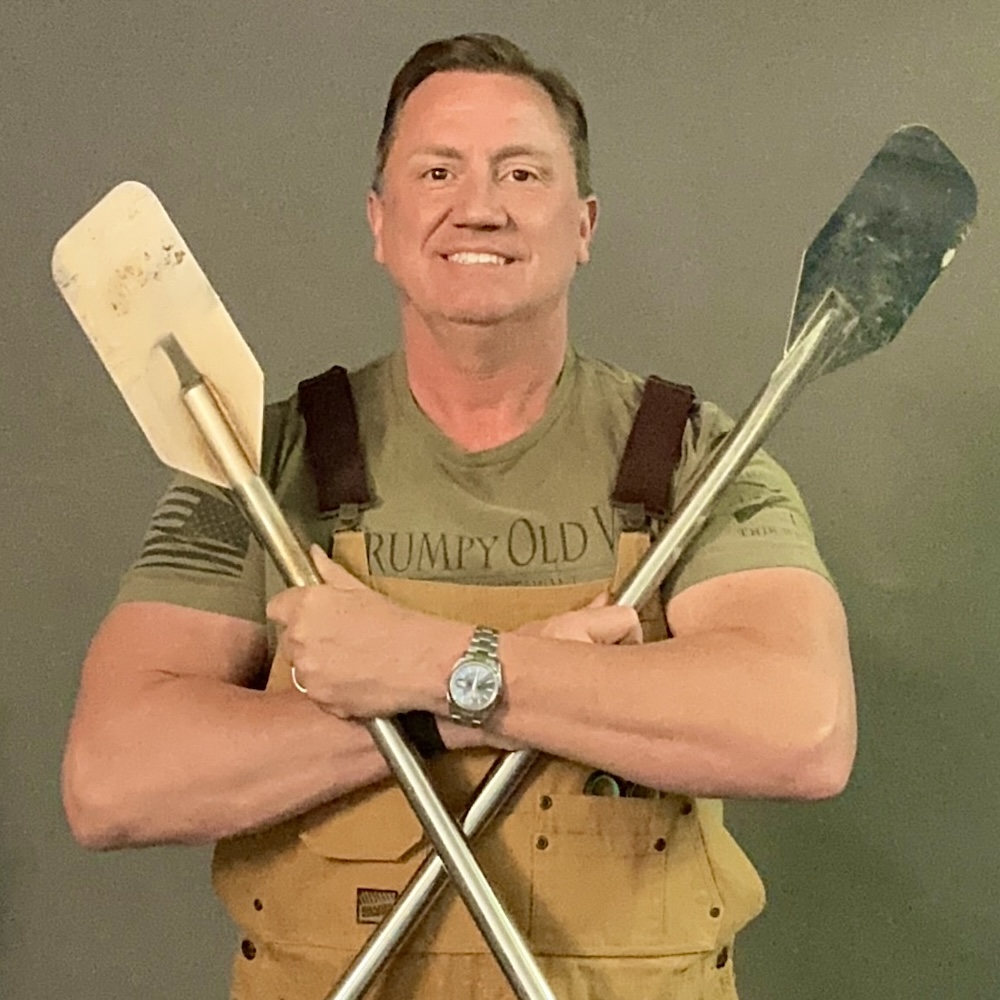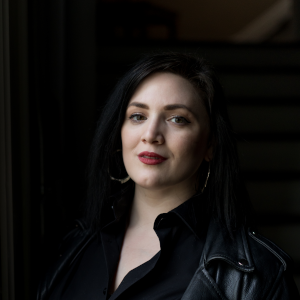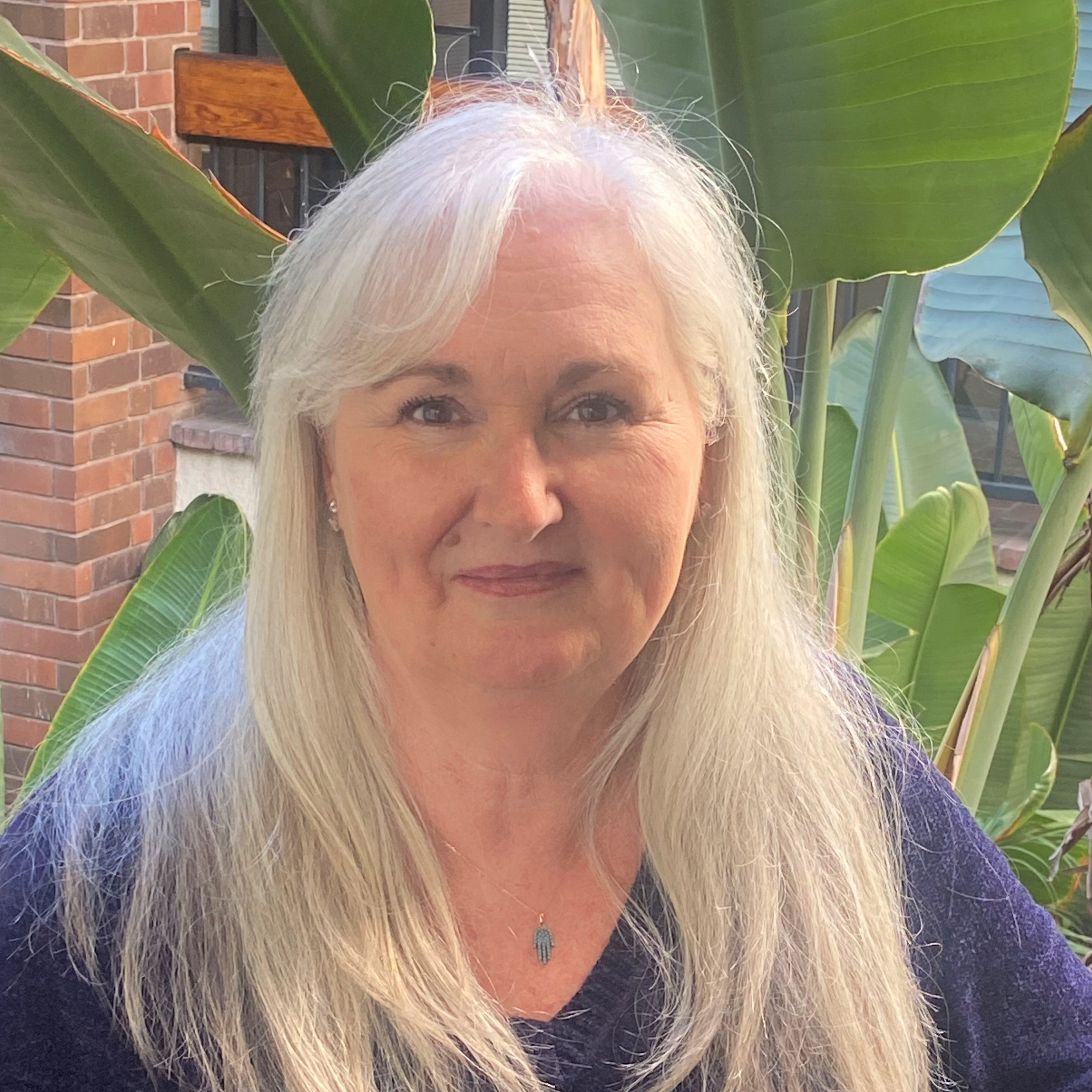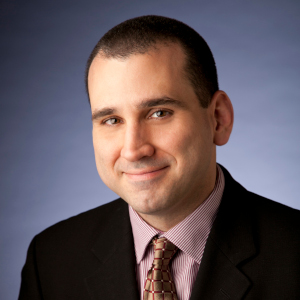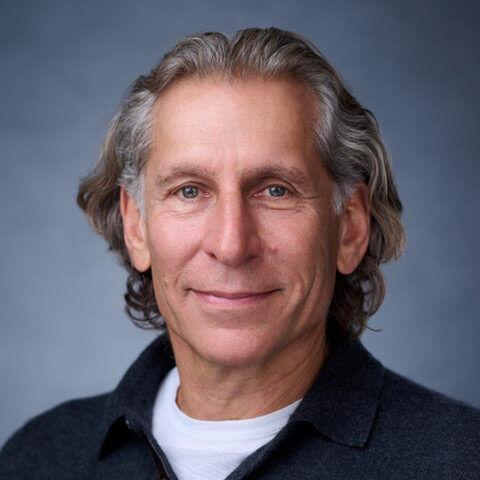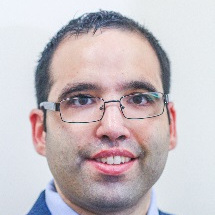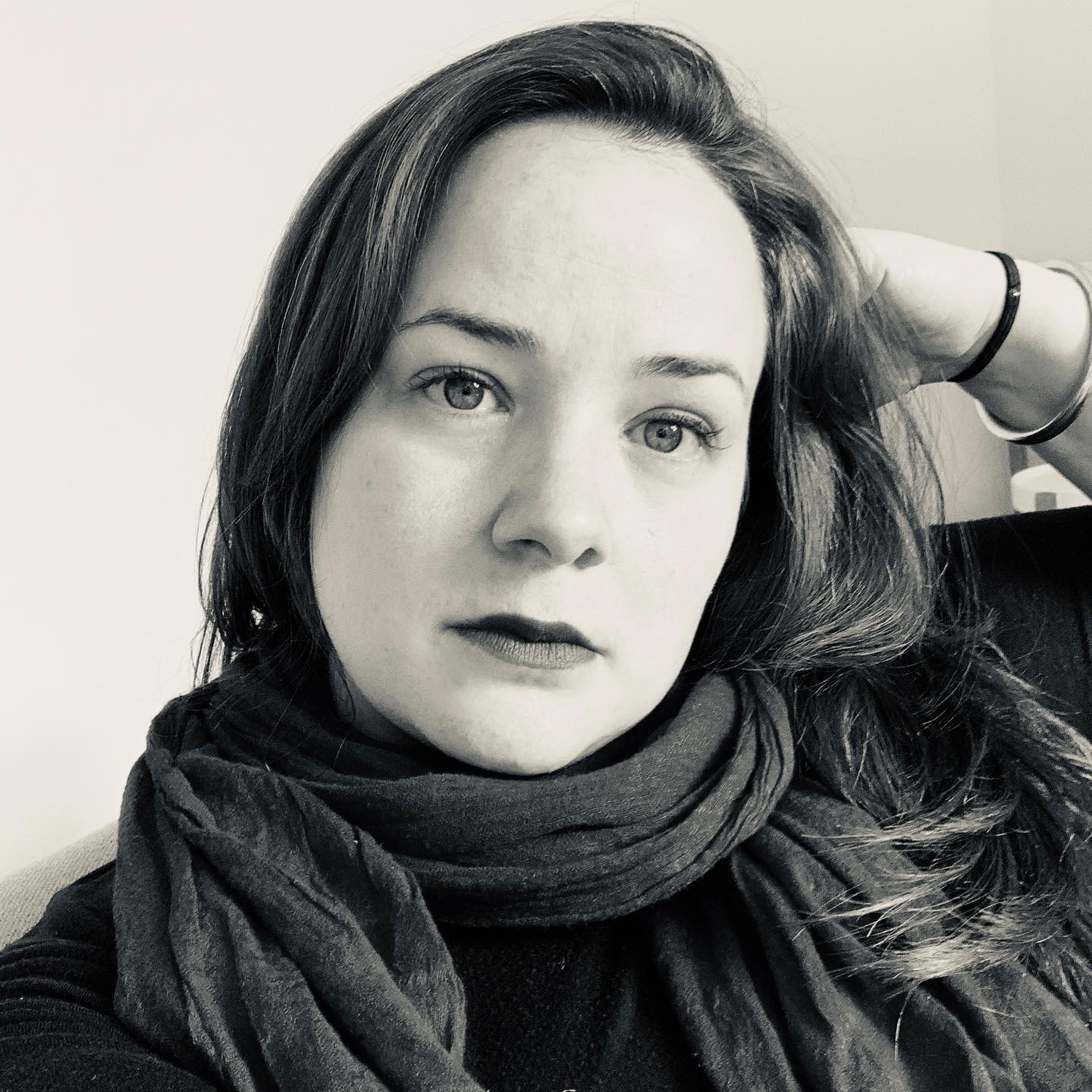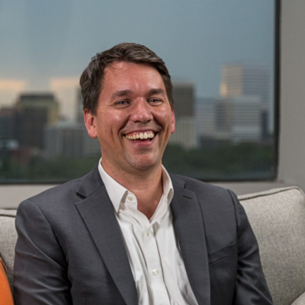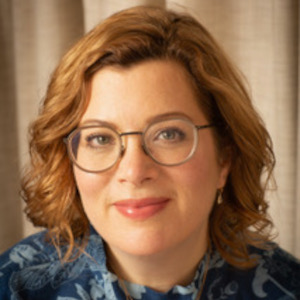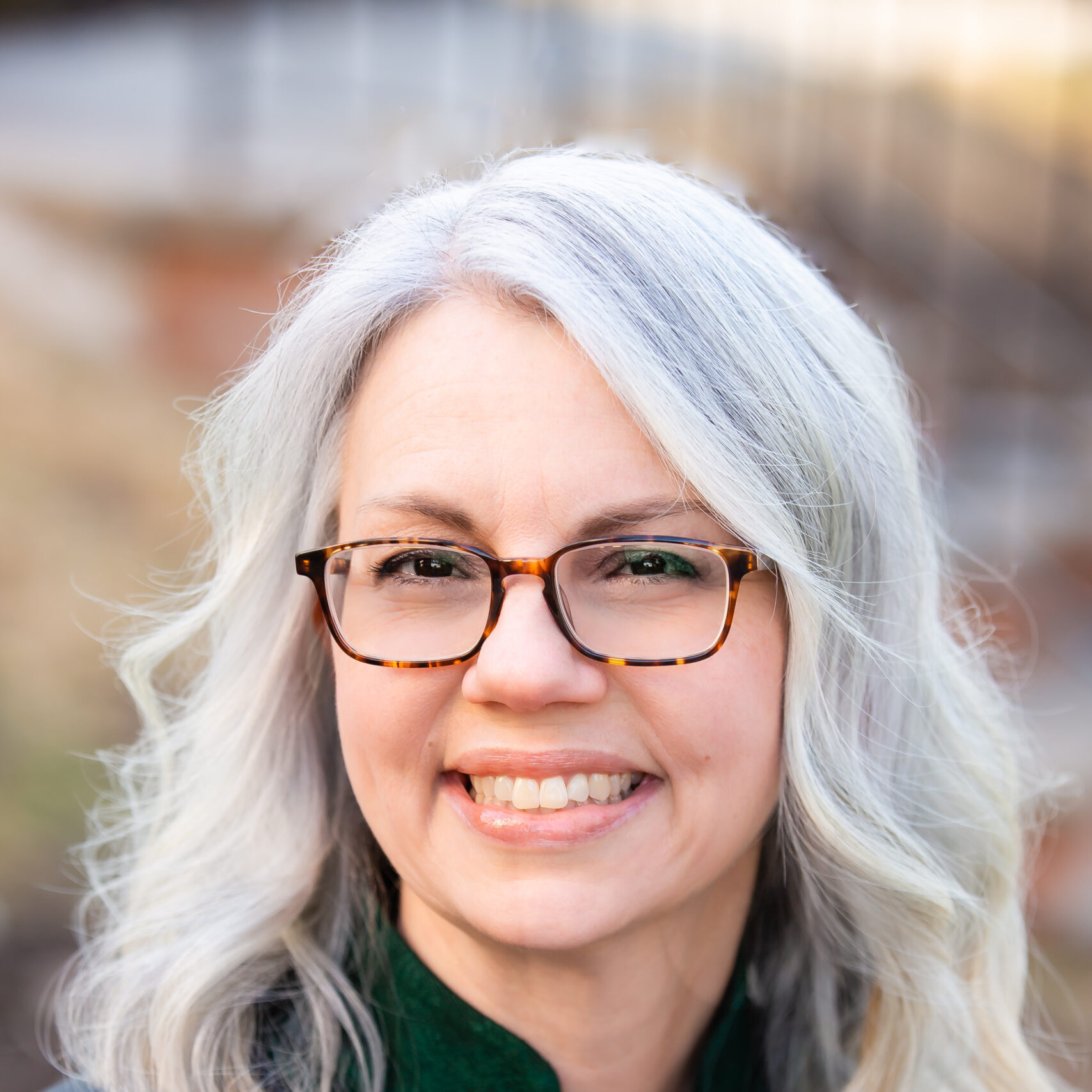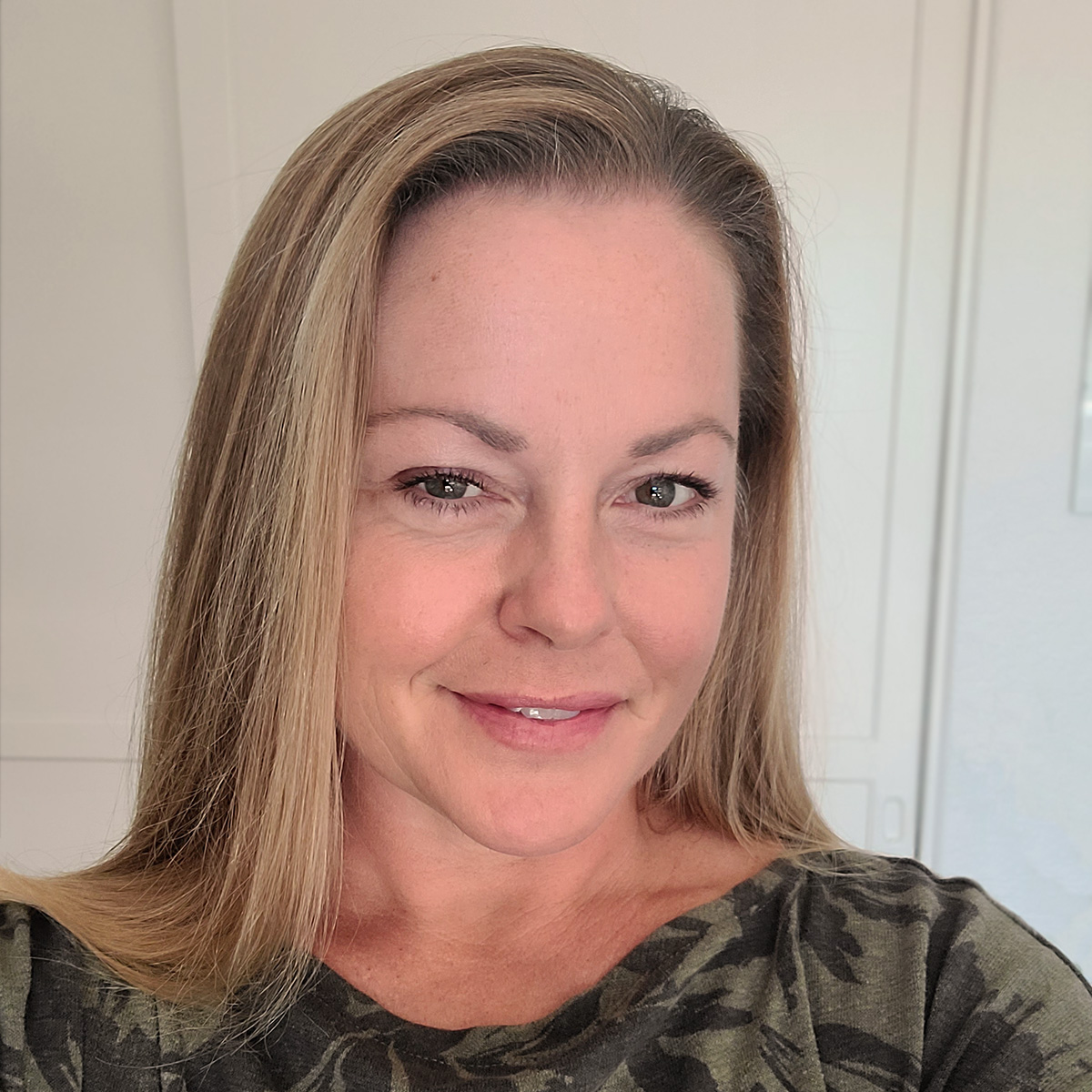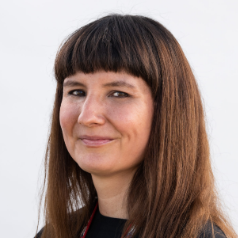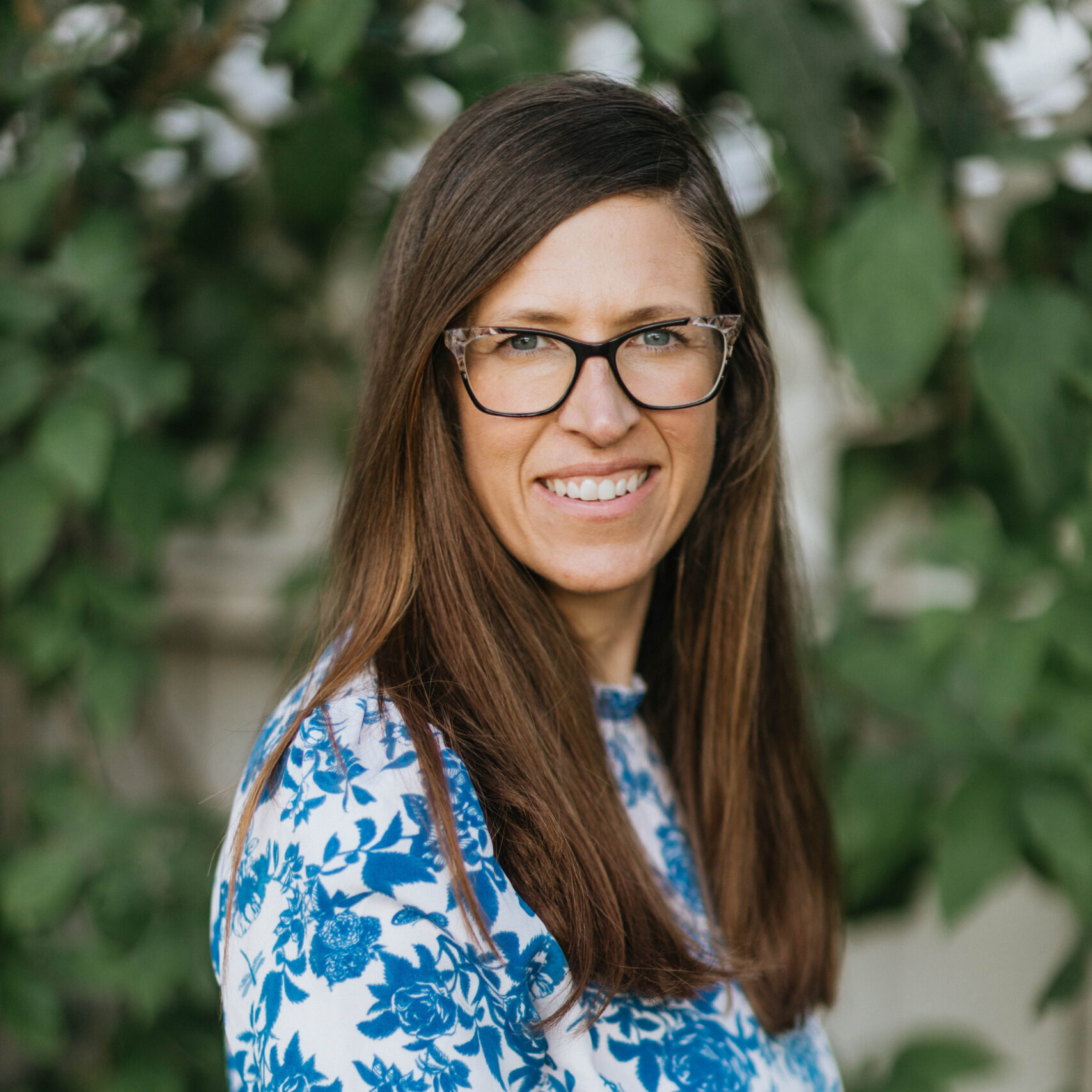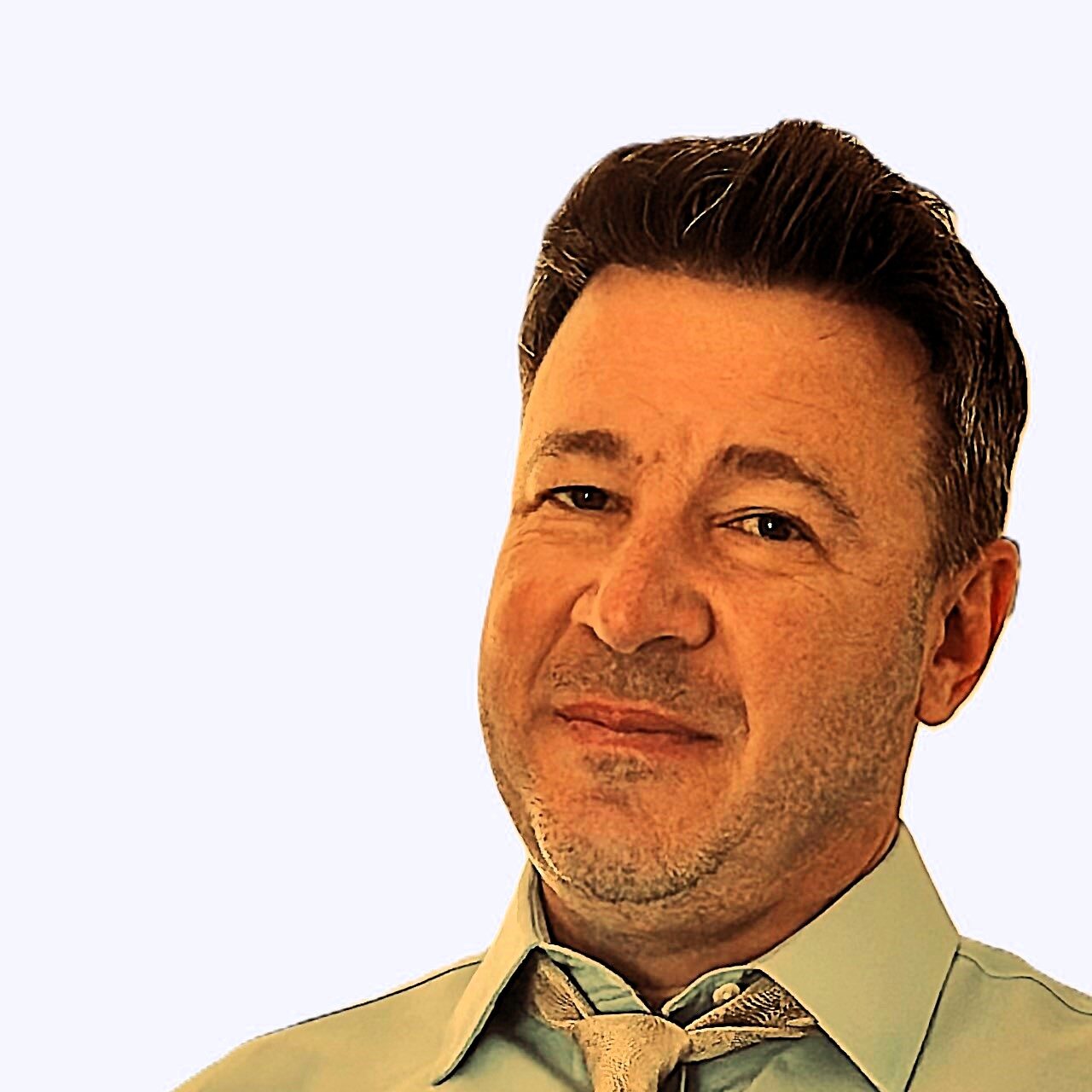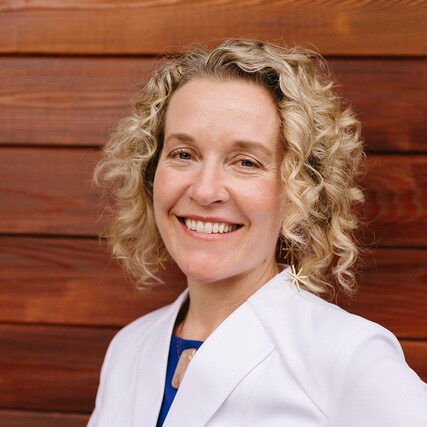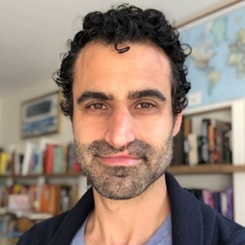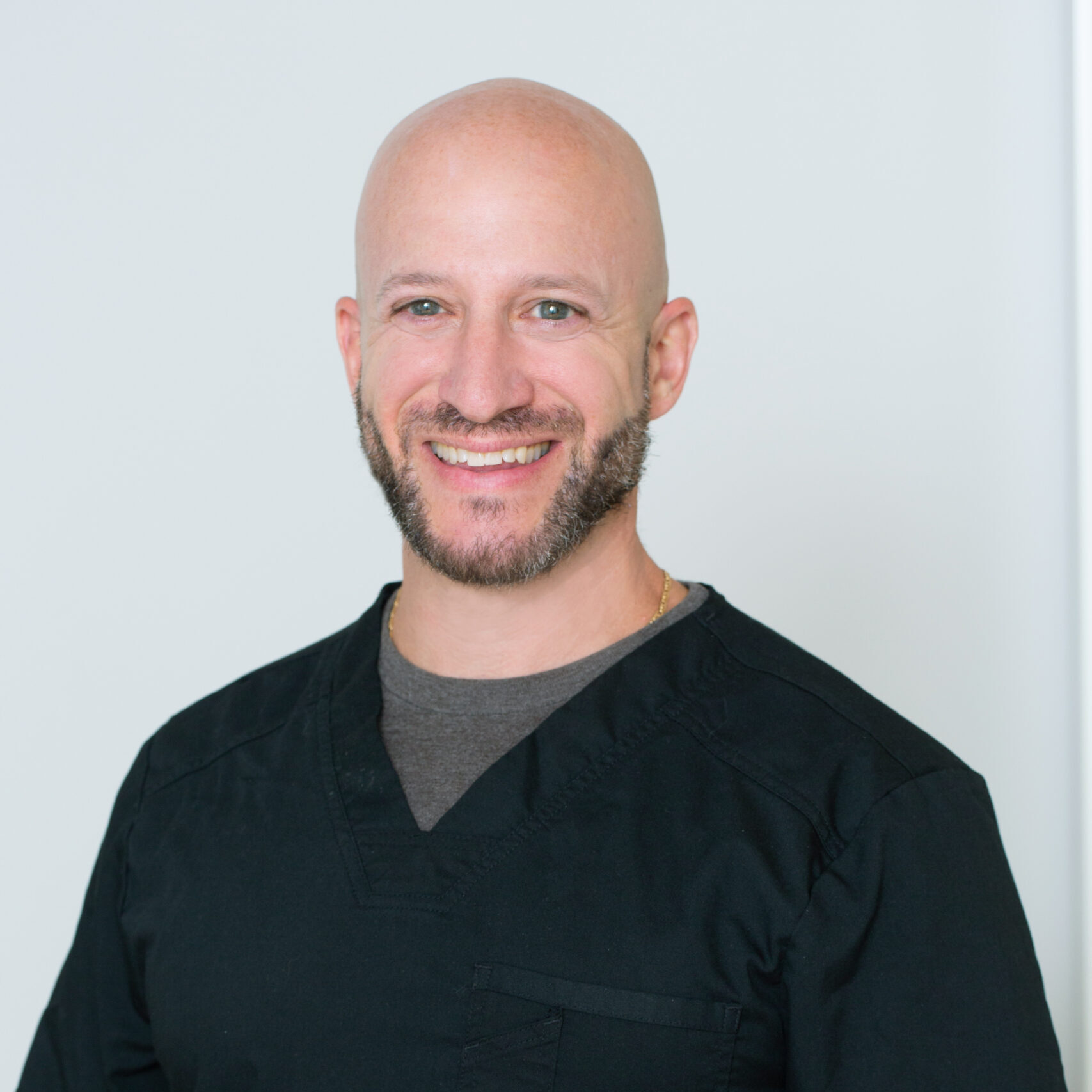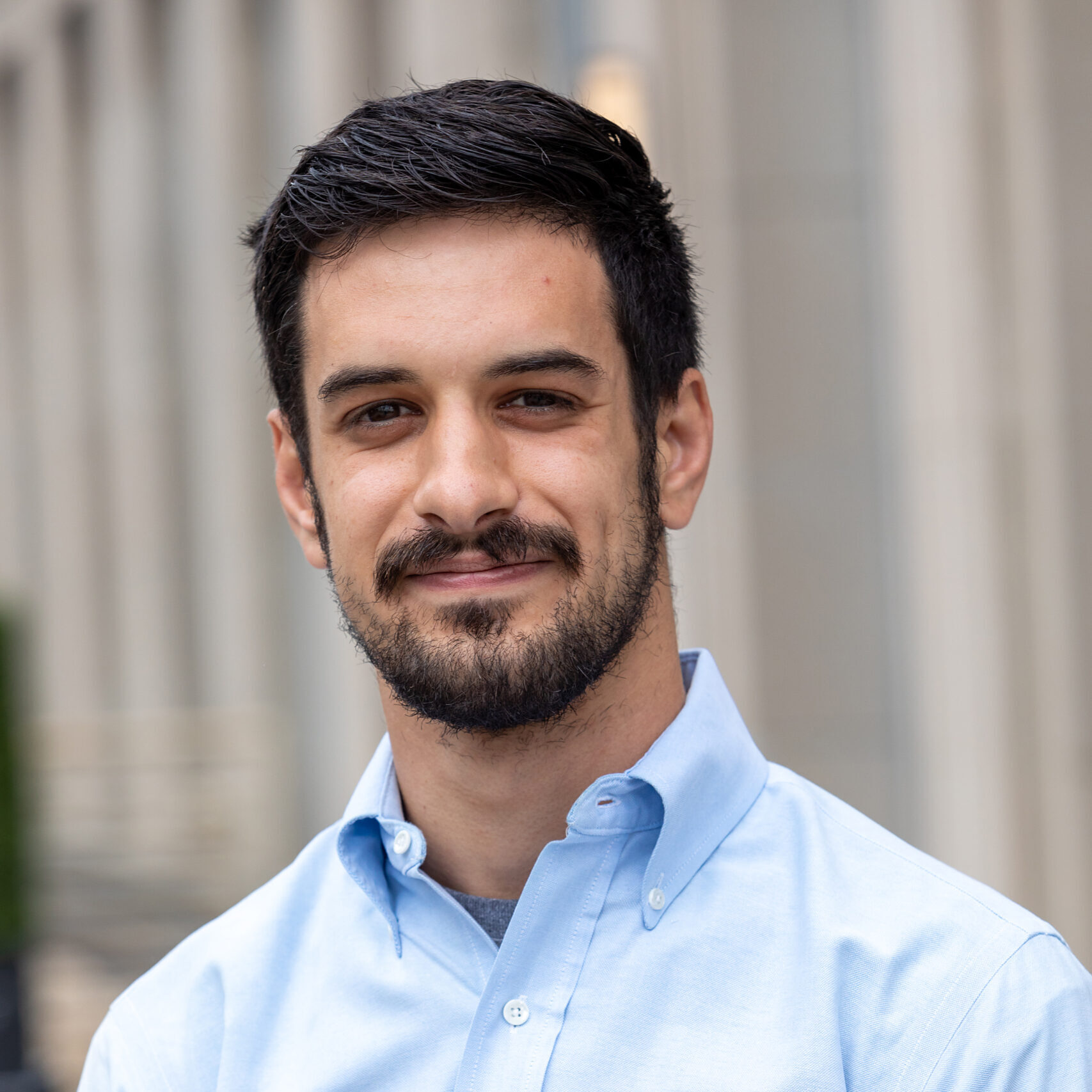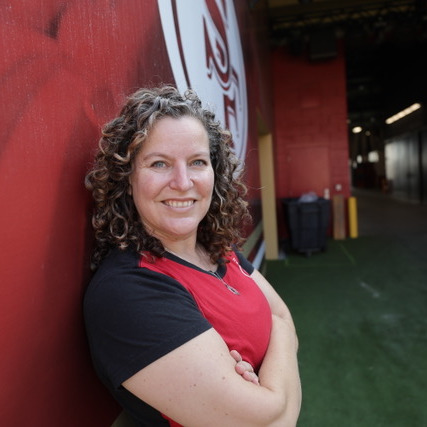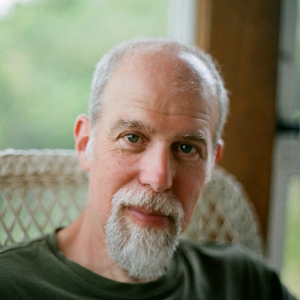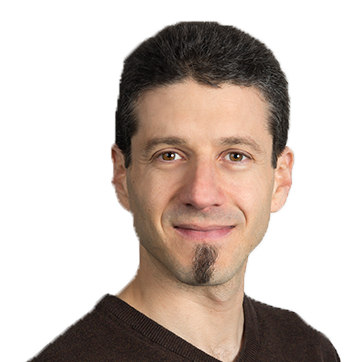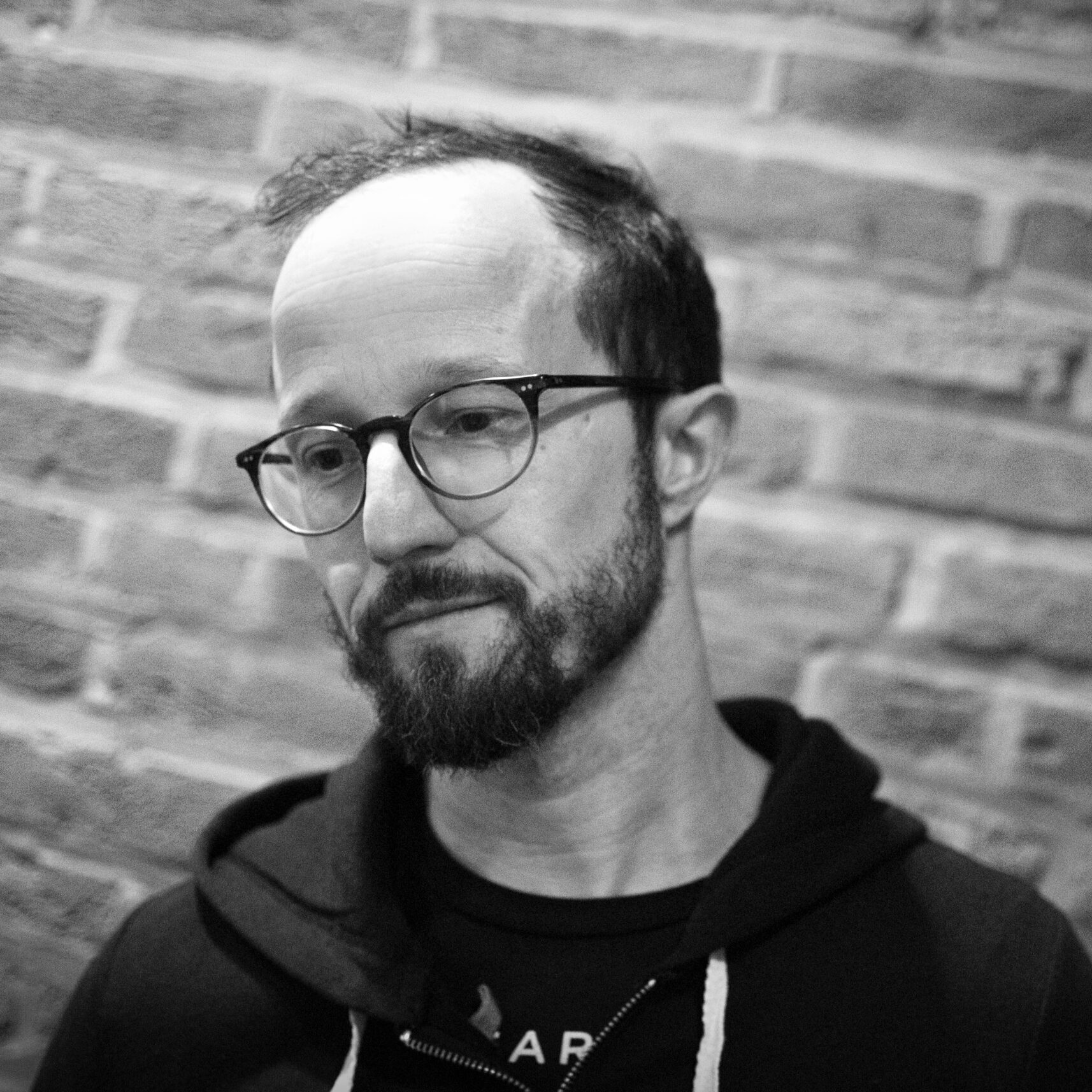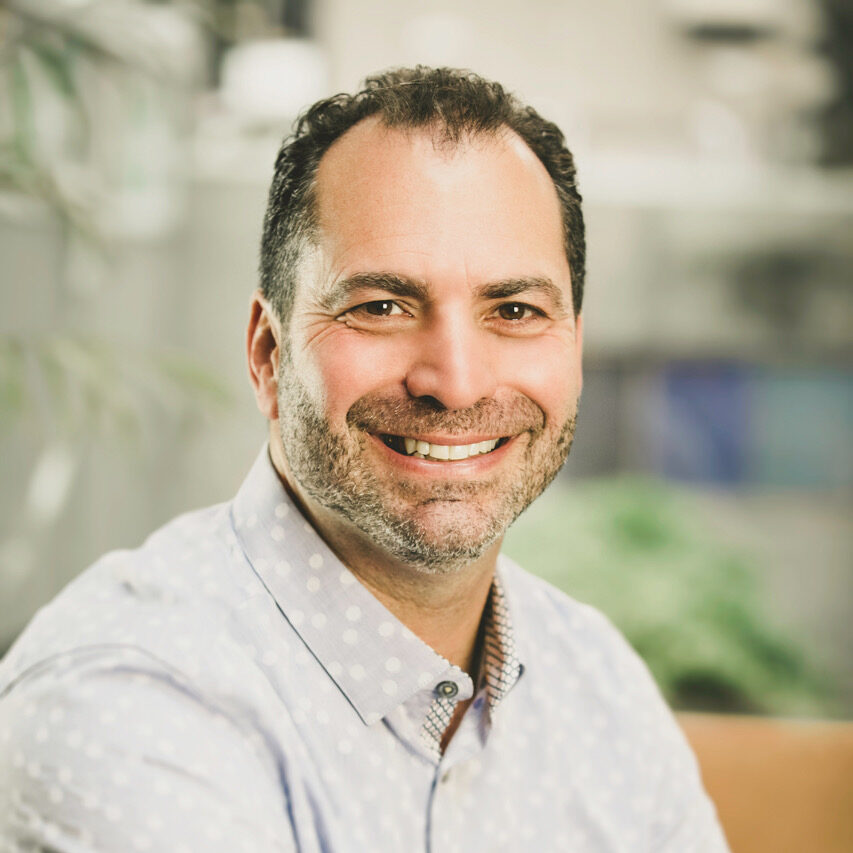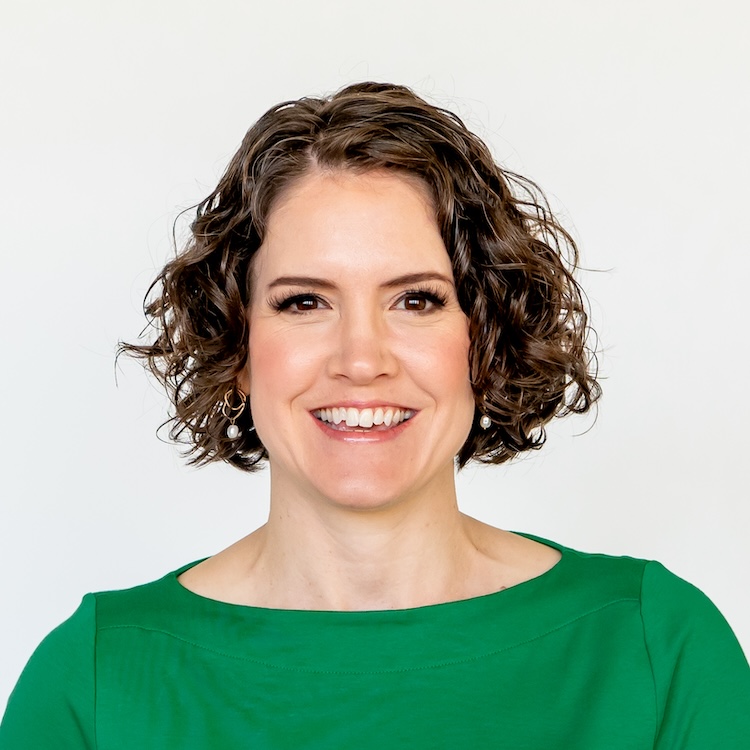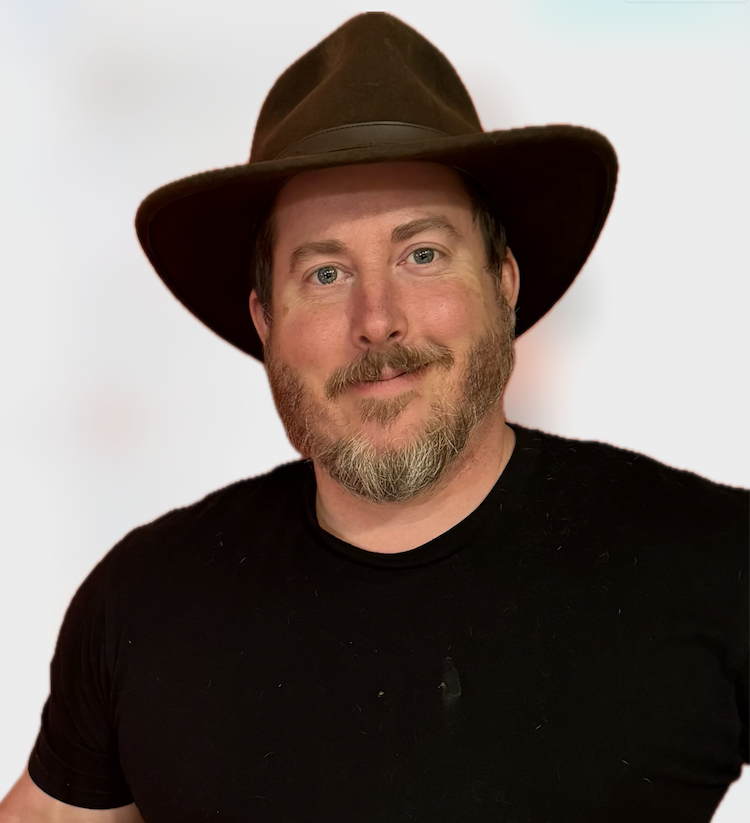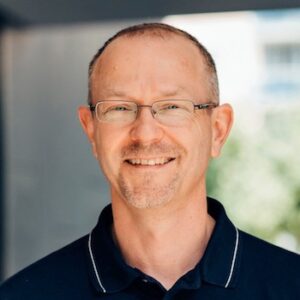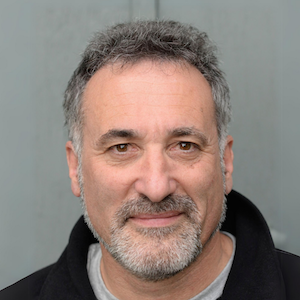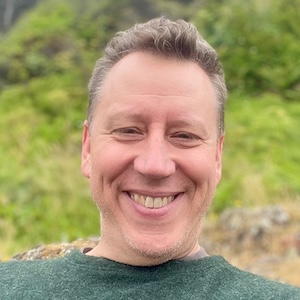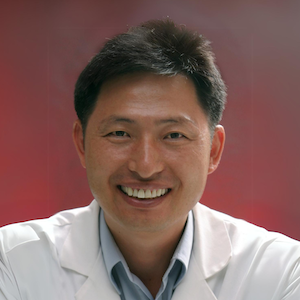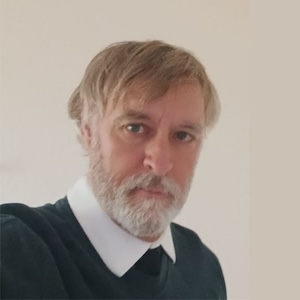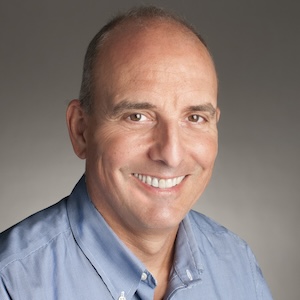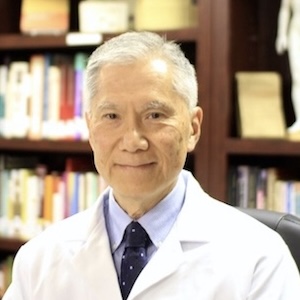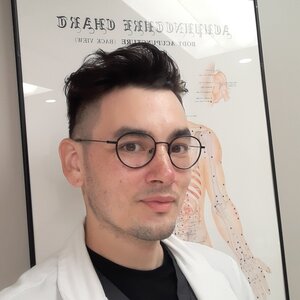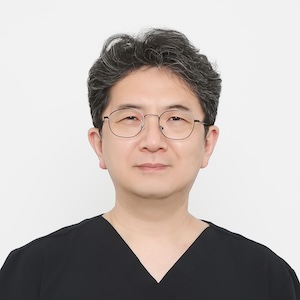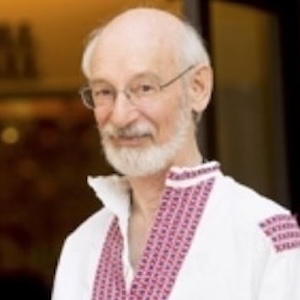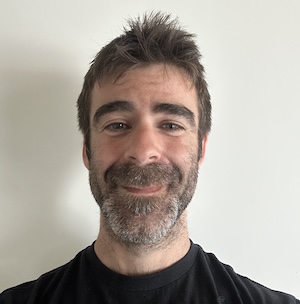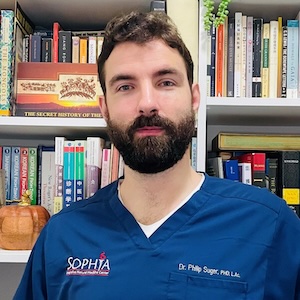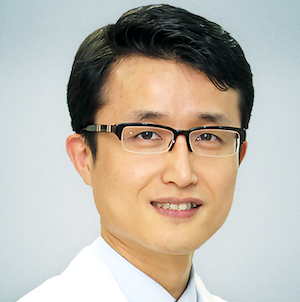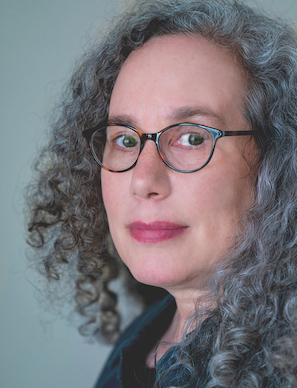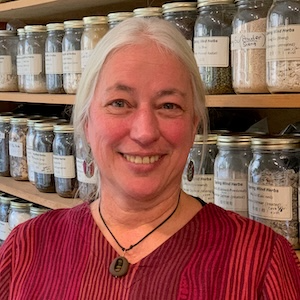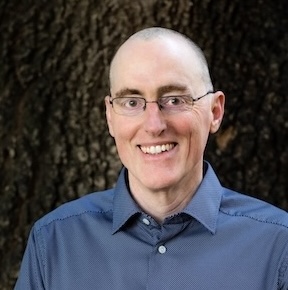Further Discussion on Learning Saam Acupuncture
It is always hard at the beginning. It's difficult to learn to see and move in the world in ways that feel foreign and uncomfortable. We like to feel like we know what we're doing. We want to be of service to our patients and help in the best ways possible. And when learning something new it brings back all the discomfort of anytime we have had to grow into a larger version of ourselves.
This is another conversation with a couple of practitioners and Toby Daly on learning to use the Saam method in their daily clinical work.
Really, the only way to learn the work is to do the work. And it really helps to have the perspective of someone who has a little bit more experience.
Listen in to this conversation as practitioners puzzle through adding this method to their clinical repertoire.
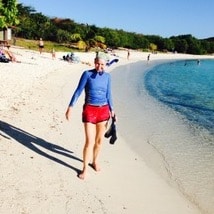 Kristin Wisgirda
Kristin Wisgirda
My interest in Chinese Medicine started from the herbal side while I was laboring on organic, small scale farms. Being too lazy to learn Chinese and trek to China, I enrolled at PCOM San Diego in 1995, and was delighted to discover to learn that I love acupuncture too.
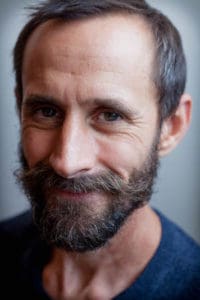 Tim McGee
Tim McGee
My roots of being an East Asian Medical Practitioner lie in my previous profession of organic and biodynamic farming. For ten years my livelihood revolved around working with the land and its rhythms, bringing me a sense of well-being and health. Farming healed me in profound ways and opened my eyes, and heart, to the importance of working with natural rhythms. I have found that East Asian Medicine (acupuncture, herbs, exercise, nutrition, and Qi gong) provides a map for working holistically with those rhythms.
My wife and I own and operate a clinic in Everett, WA. In my freetime I try to get my hands in the earth as much as possible. I grow medicinal herbs, vegetables, fruits, and am learning about our native Northwest herbs
Links and Resources:
